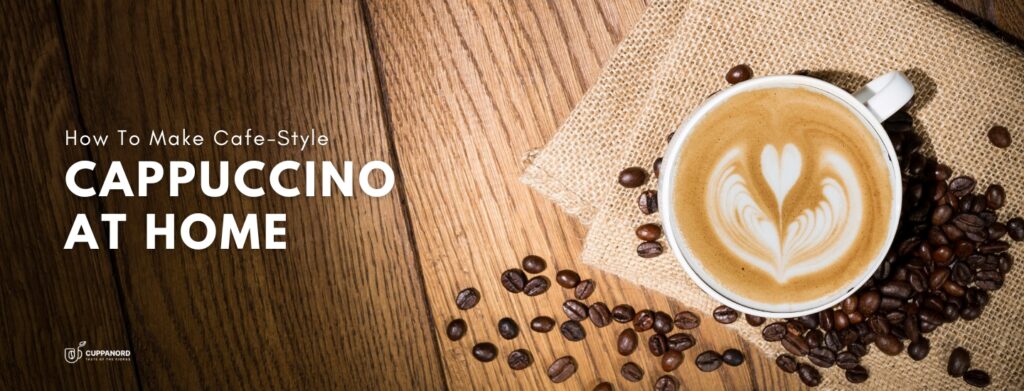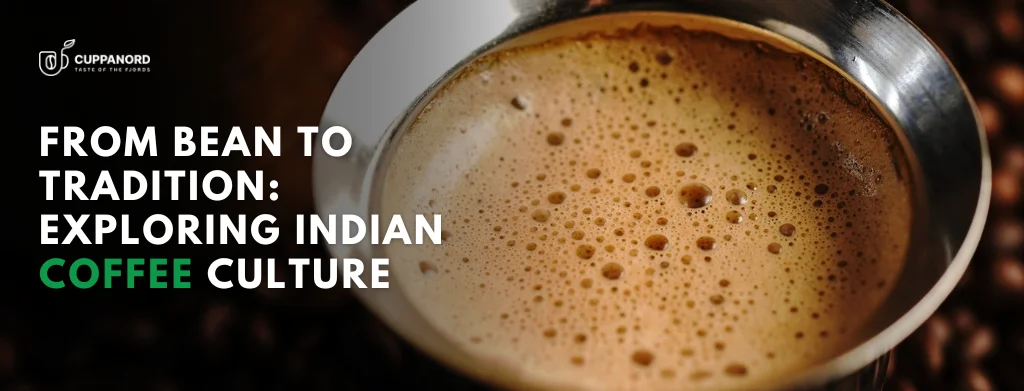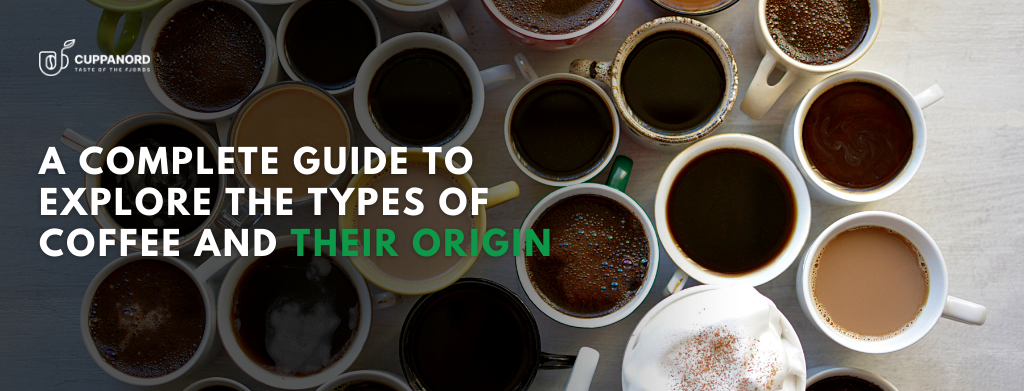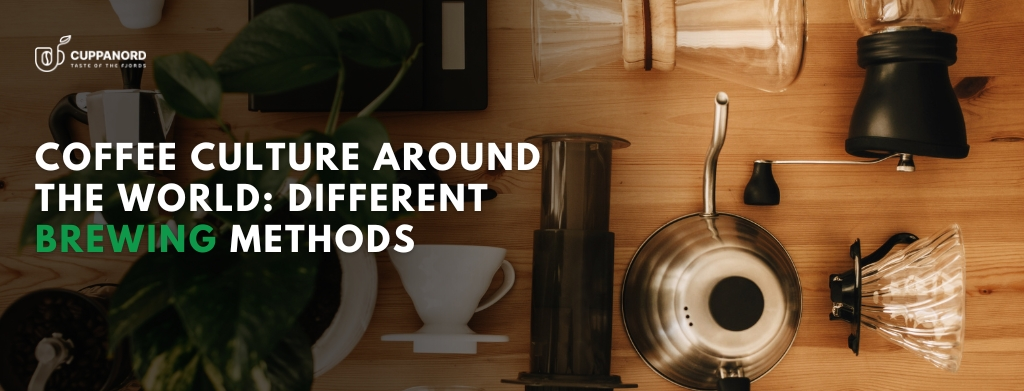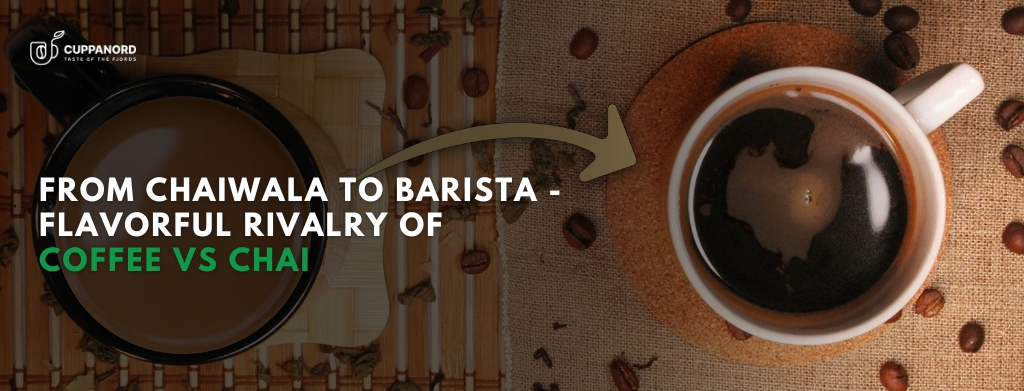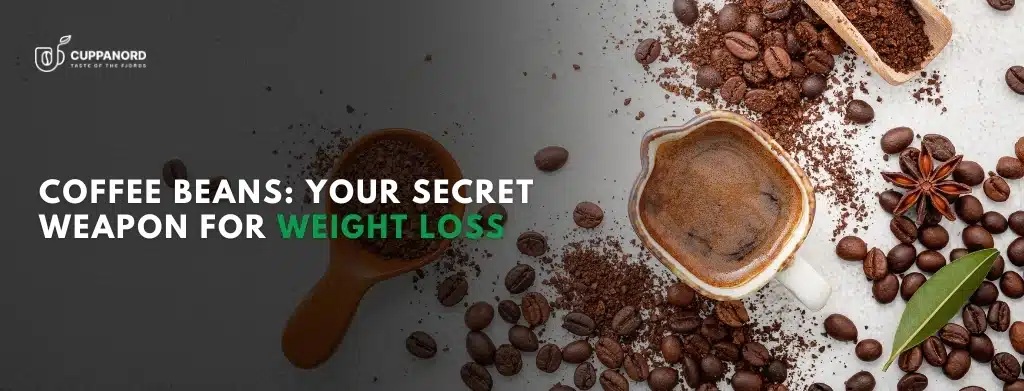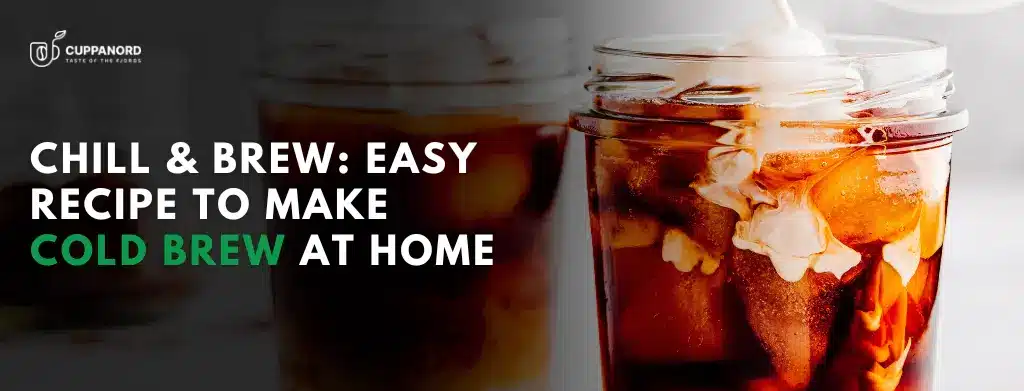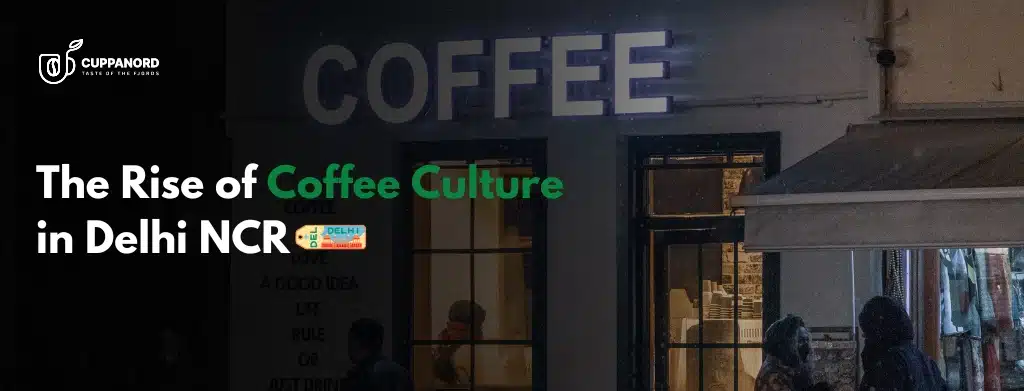A New Era of Sipping
Coffee and tea carve space as far more than mere beverages: traditions have been created around preparation, together with conversations and cultivations of cultural habits.
The past 10 years have witnessed an interesting occurrence: a new wave of coffee and tea culture has come into being, focusing on the preferences and perspectives of the younger crowd. Step into any modern cafe, and you shall witness beautiful green matcha lattes, iced brews canned sleekly, vibrant tapioca pearls in bubble tea, and wonderfully artful oat milk lattes.
At Cuppanord, we take this cultural shift further by curating a collection of 12 exquisite premium teas, designed for those who value wellness, authenticity, and refined taste.
These drinks have an identity beyond just quenching thirst: families, creativity, and self-expression. Hence, coffee and tea are gaining value as a lifestyle choice-leisure working, and environmental consciousness.
Let us further explore this movement and nourish your curiosity by laying out the reasons why coffee and tea culture have never been more interesting.
Matcha: Ancient Tradition Meets Modern Trend
While matcha has captured global attention, premium whole-leaf teas remain timeless in their ability to restore balance and energy. Cuppanord’s handpicked selection, ranging from soothing chamomile blends to invigorating green teas, echoes the same mindfulness and ritual, but with flavors crafted for modern wellness.
Why is matcha such a hot topic these days?
Health: Rich in antioxidants, the active constituents in matcha promote metabolism, restore energy to the body, and restore concentration without any caffeine crash.
The Color Appeal: That intense green hue is just perfect for photography, almost begging for recognition on social media platforms like Instagram, TikTok, and Pinterest.
Versatility: Back in the day, it was all about matcha in a tea bowl. Now, you can throw it in a smoothie, bake it into desserts, or froth it with oat or almond milk.
For many, the sip of matcha is more than a taste; it’s an entire ritual balancing health with an ancient tradition cushioned in modern life.
Cold Brews & Nitro Coffee: The Cool Factor
If Matcha is calm and collected in the old style, then cold brew is loud, rising as a project inspired by innovation. This makes cold brew an alternative to an iced coffee that constitutes the ice-to-hot brew ratio from minutes to hours, letting that smooth texture and less acidic flavor come to the fore.
Cold brews have exploded in popularity because they’re:
Refreshing: Favorable to warm weather; perfect every month of the year.
Customizable: Vanilla, caramel, or any seasonal flavored syrups-who could ask for more?
Unique: These nitro cold-brews are injected with nitrogen gas that produces a creamy, foamy texture more akin to a craft beer than coffee.
In the bigger scheme of things, beyond flavor and ambiance, cold brews constitute a major part of the evolving culture of cafes-one that is fresh, innovative, and effortlessly cool.
It is quite common for Cafes to have seasonal cold brew menus to explore flavors such as lavender-honey or pumpkin spice.
Bubble Tea and Beyond: So Long to Seriousness
One cannot discuss the modern tea culture without the bubble tea (or boba) element. Created, fabricated, or that is so-U.S. English-by the Taiwanese in the 1980s, this concoction is a mixture of milk tea with chewy tapioca pearls or popping boba. And now, it is an all-star, internationally famed trend.
What has made bubble tea into such an international hit, then?
Multi-Sensory Interactive Experience: Wiggly tapioca pearls create a playful multi-sensory experience while one sips his or her tea.
Infinite Combinations: From taro to matcha, fruit teas to cheese foam toppings, the combinations never end.
Bubble tea, in many respects, is about the ultimate pleasures granted to the creativity of the modern beverage construction. It is far more than a simple drink: it is one moment of happiness, an occasion for sharing, and a testimony to global cultural interaction with a modern way of life that flows effortlessly.
Oat Milk Lattes for Wellness Coordinates
Keeping up with still observable changes in coffee and tea culture is the rise of plant-based alternatives. There was a time when soy milk ruled; today, it is all oat milk, and everyone prefers it; it is one of the few that is made good use of in global cafés. Its best points are that it is creamy, almost flavorless, and also very ecological, thus a great favorite in the baristas’ and consumers’ circles.
But this change goes deeper than just taste:
Wellness: Consumption trends are going dairy-free for reasons of wellness, be it lactose intolerance or just a health-conscious choice.
Sustainability: In the eyes of many environmentally conscious consumers, one cannot do better than oat milk because it takes significantly fewer resources to make than dairy.
Inclusivity: Plant-based options make ultra-trendy café culture more friendly and accessible.
Good old oat milk lattes, turmeric teas, mushroom coffees, and adaptogenic elixirs form a class of newer drinks giving new meanings to taste and function: every drink is supposed to nurture both body and soul with every sip.
Coffee & Tea Culture, Not Just Caffeine
The present coffee-and-tea culture speaks of much more than caffeine. To many, these drinks represent certain lifestyle markers that relate taste to values, identity, and creativity.
Modern-day coffee and tea culture are marked by the following:
Community: Cafes and teahouses serve as common grounds for human interactions, either storytelling or working together.
Creativity: From latte art to unconventional flavor pairings, drinks become a medium for self-expression.
Identity: Choosing between a matcha latte, nitro cold brew, or bubble tea says it all.
Mindfulness: Unless one is focusing on enjoying the slow brew, the matcha might be a part of a completely meditative ritual.
Quite simply, coffee and tea speak more of connecting, wellness, and freedom beyond just needing a cup of java and tea.
The Social Media Effect
Social media indeed backs up the entire coffee and tea culture. The whole drinks thing is a visual lifestyle aesthetic on Instagram and TikTok.
- Matcha lattes get trendy for that intense green color.
- Bottles of cold brew are laid out in flat-lay formations.
- Bubble tea challenges go viral.
- Millions of views are garnered for latte-art videos.
On social media, vibrant matcha lattes and bubble teas dominate feeds, but premium teas have their own quiet elegance. With their rich hues, delicate aromas, and timeless presentation, Cuppanord’s teas offer a more refined take on the cafe culture aesthetic, appealing to those who want wellness with sophistication.
Cafes today began to design everything: from their interiors, menus, to presentation styles, all bearing social media recognition. So, the whole rise of coffee and tea culture is a story of tradition meeting digital storytelling.
The Future of Coffee & Tea Culture
Where, then, is it all headed? The future of coffee and tea would be created by the clash of cultures and possibilities worth being considered for more. Here, expect:
Sustainable Practices: Zero-waste cafés, reusable cups, and eco-friendly packaging.
Global Fusion: More crossover drinks-think Thai tea cold brews or matcha-bubble tea hybrids.
Functional Beverages: Drinks fortified with adaptogens, CBD, or probiotics.
Personalization: A client can select each ingredient in a beverage to keep track of the refreshments he or she drinks.
As the culture of sipping evolves, premium teas are taking center stage, valued for their health benefits, sustainability, and diversity of flavors. At Cuppanord, we see the future in wellness-driven blends, each carefully crafted from the world’s finest leaves to enrich both lifestyle and wellbeing.
Final Sip
From the rites and rituals surrounding matcha of days gone by, right into this generation’s nitro coffee, the unfolding of a coffee culture and a tea culture is at least a level above mere bars of connection, purpose, and community.
Gentle green from matcha, mellow energy from cold brew, the cheeky little bubbles from bubble tea, or a nurturing hug in a cup from an oat milk latte–each one of them has a story to tell. These drinks say something about traditions with a few elements being challenged, about choices that express value, and about a culture living equally in individuality and togetherness.
Perhaps that’s what makes it most beautiful: Coffee and tea are no longer drinks. They are experiences. They are lifestyles. They are cultured in a snap.

